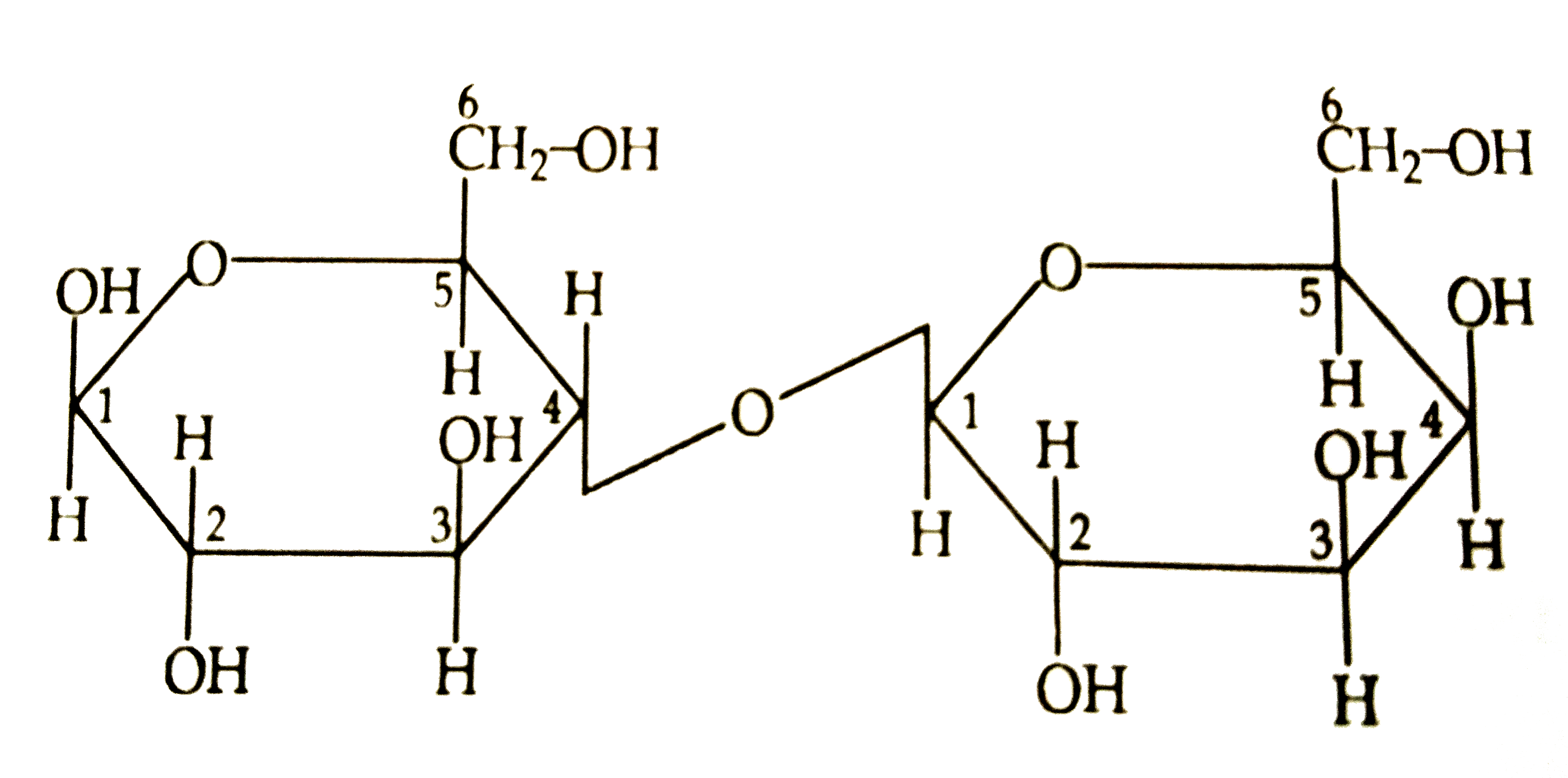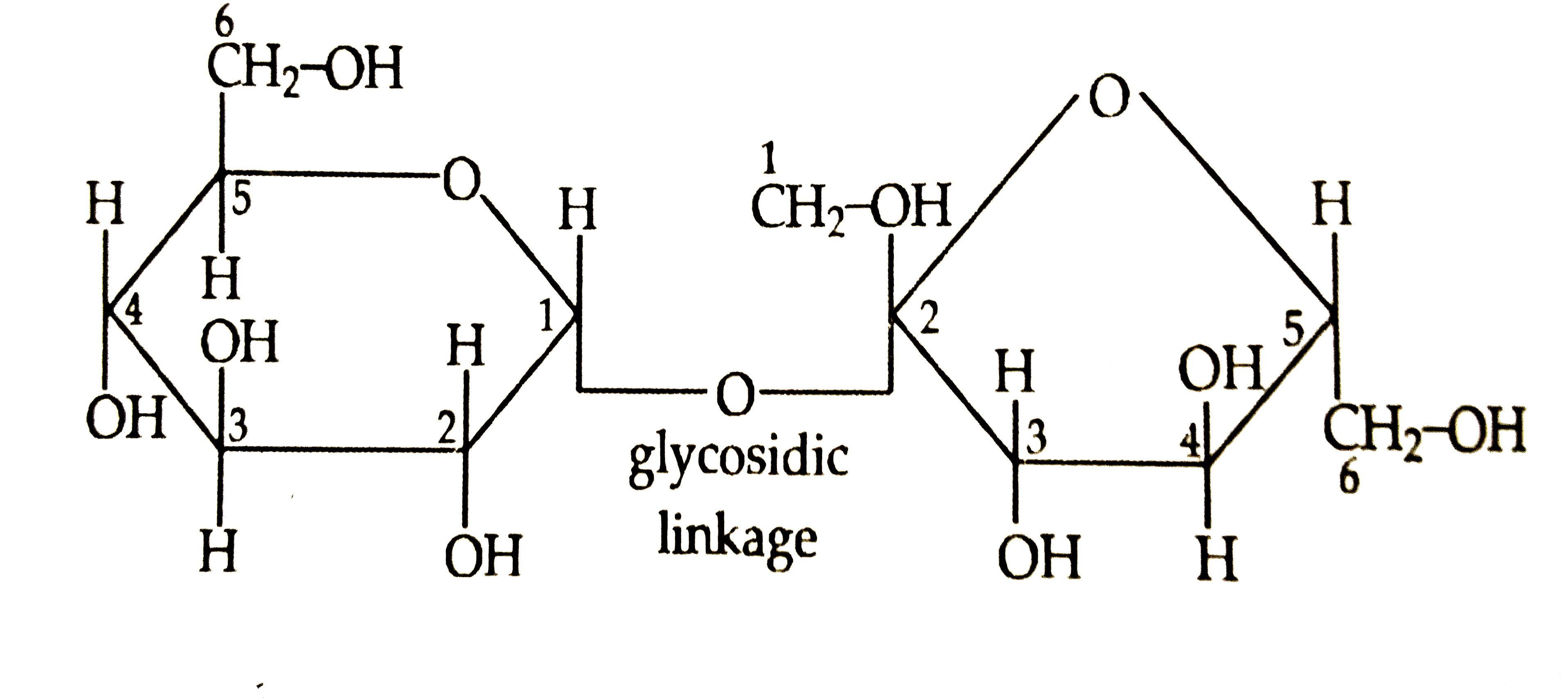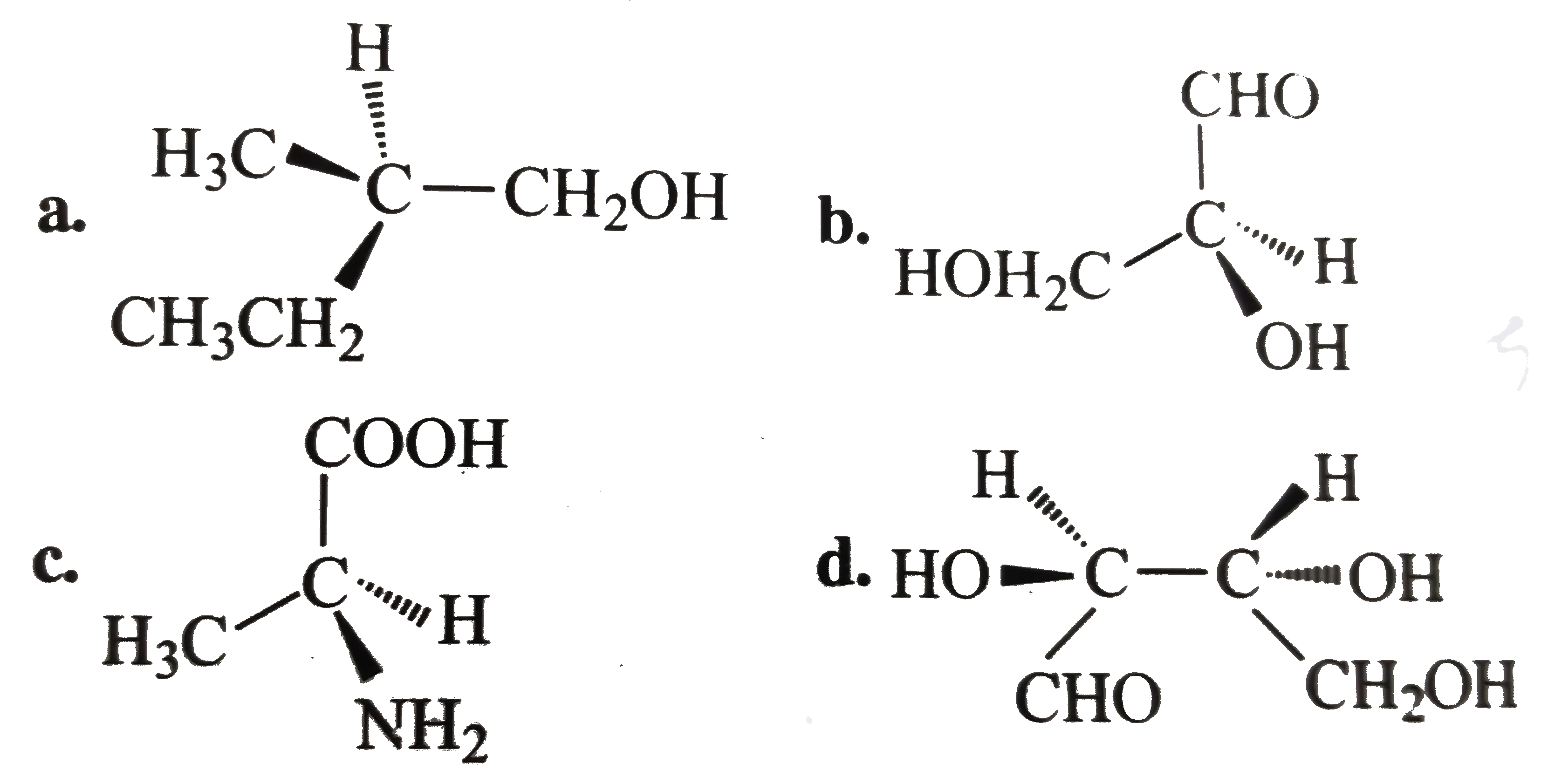Define carbohydrates. Draw the Haworth projection structures of the following.
maltose
Step-by-Step Solution
Step 1: Define Carbohydrates
Carbohydrates are organic compounds that are typically composed of carbon (C), hydrogen (H), and oxygen (O) atoms. They can be defined as optically active polyhydroxy aldehydes or ketones. More specifically, carbohydrates include:
- Polyhydroxy aldehydes (like glucose)
- Polyhydroxy ketones (like fructose)
- Compounds that can be hydrolyzed to yield simpler sugars (monosaccharides).
Step 2: Understand the Structure of Maltose
Maltose is a disaccharide composed of two glucose units linked by a glycosidic bond. It is formed from the hydrolysis of starch and is commonly found in malted foods and beverages.
Step 3: Draw the Haworth Projection of Maltose
To draw the Haworth projection of maltose, follow these steps:
1. Draw the Glucose Units: Start by drawing the two glucose units in their cyclic forms (pyranose).
2. Position the Hydroxyl Groups: In the Haworth projection, the hydroxyl (OH) groups and the hydrogen (H) atoms are positioned based on the anomeric carbon (the carbon that was part of the carbonyl group in the open-chain form):
- For the first glucose unit, place the OH group on the first carbon (C1) in the down position.
- For the second glucose unit, place the OH group on the first carbon (C1) in the up position.
3. Connect the Units: Draw a glycosidic bond between the C1 of the first glucose and the C4 of the second glucose.
4. Add Remaining Groups: Complete the structure by adding the remaining hydroxyl groups and hydrogen atoms to the respective carbons.
The final Haworth projection of maltose will show two glucose units connected by a glycosidic bond, with appropriate hydroxyl and hydrogen placements.
Carbohydrates are organic compounds that are typically composed of carbon (C), hydrogen (H), and oxygen (O) atoms. They can be defined as optically active polyhydroxy aldehydes or ketones. More specifically, carbohydrates include:
- Polyhydroxy ketones (like fructose)
- Compounds that can be hydrolyzed to yield simpler sugars (monosaccharides).
Maltose is a disaccharide composed of two glucose units linked by a glycosidic bond. It is formed from the hydrolysis of starch and is commonly found in malted foods and beverages.
To draw the Haworth projection of maltose, follow these steps:
2. Position the Hydroxyl Groups: In the Haworth projection, the hydroxyl (OH) groups and the hydrogen (H) atoms are positioned based on the anomeric carbon (the carbon that was part of the carbonyl group in the open-chain form):
- For the first glucose unit, place the OH group on the first carbon (C1) in the down position.
- For the second glucose unit, place the OH group on the first carbon (C1) in the up position.
3. Connect the Units: Draw a glycosidic bond between the C1 of the first glucose and the C4 of the second glucose.
4. Add Remaining Groups: Complete the structure by adding the remaining hydroxyl groups and hydrogen atoms to the respective carbons.
Similar Questions
Knowledge Check
Which of following is maltose.
A B
B C
C D
D
Draw structure of following.
Cytosine
View SolutionDraw the structures of the following compounds :
View SolutionDraw the structures of the following :
XeF6
View SolutionDraw the structures of the following compounds:
Butanone
View SolutionHaworth Projection Representation
View SolutionDraw the structures of the following compounds:
Hexanal
View SolutionDraw Fischer projection formulae for the following molecules:

View Solution
